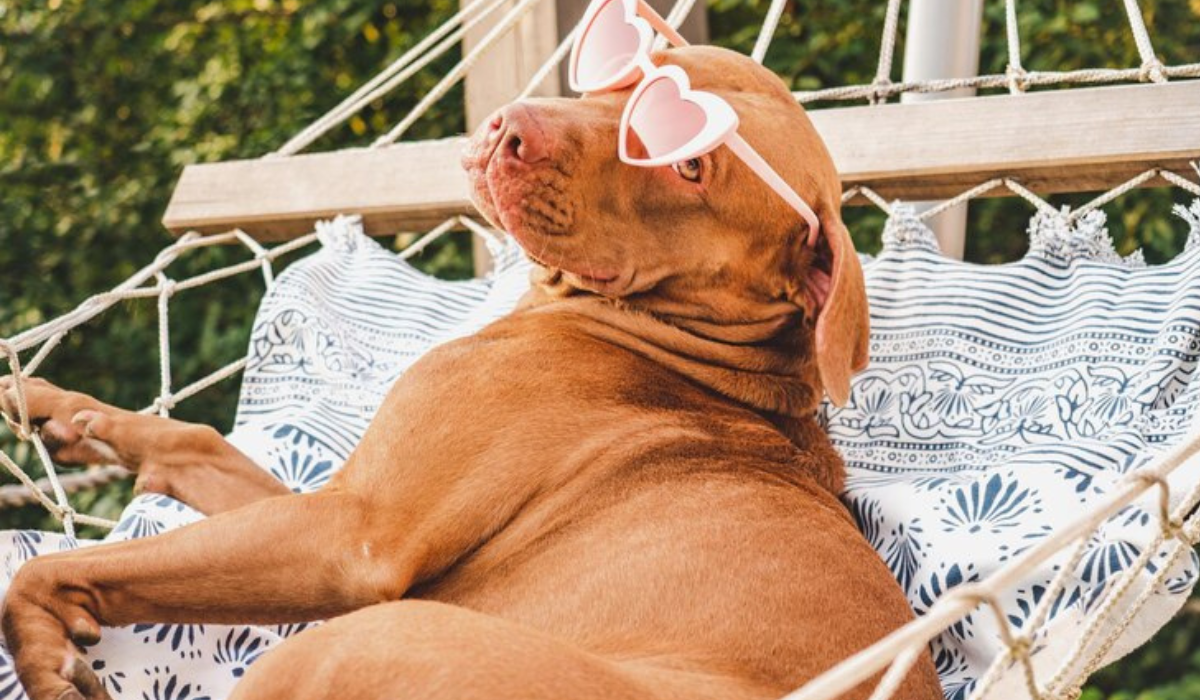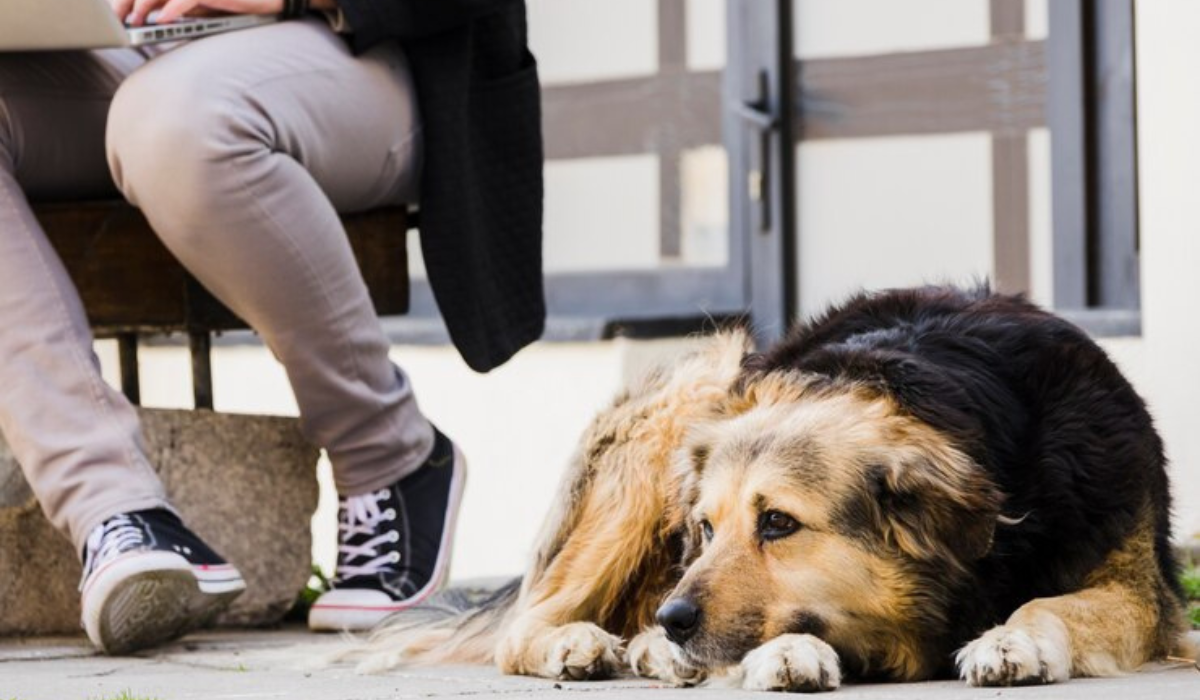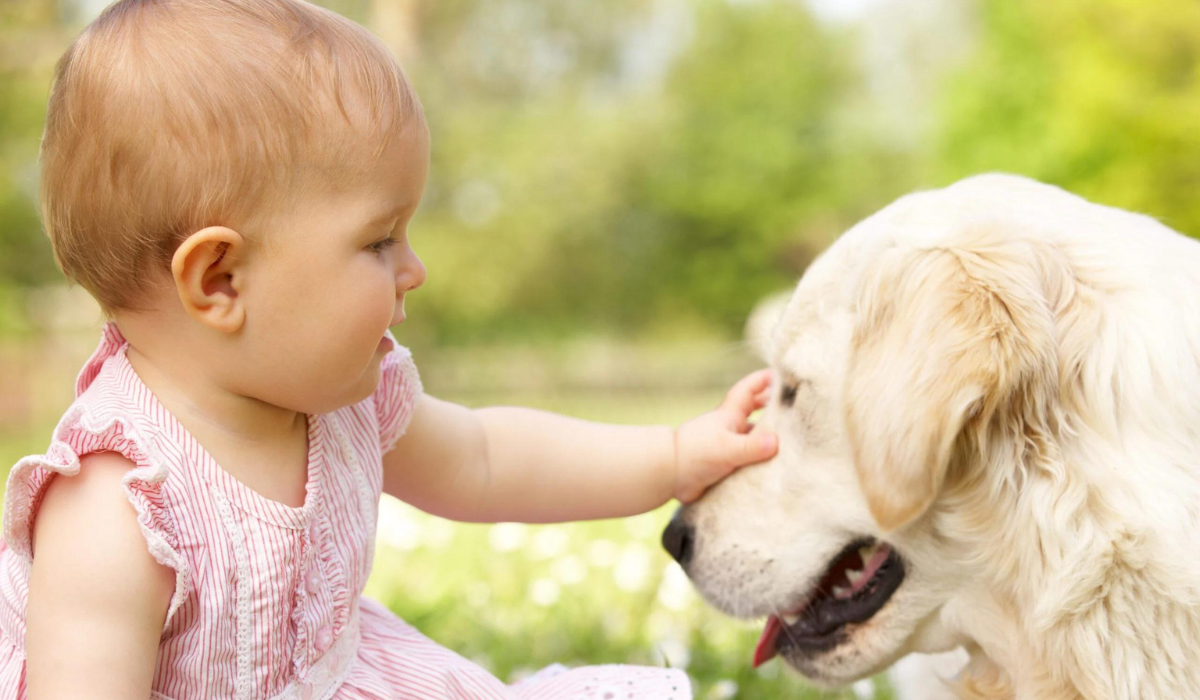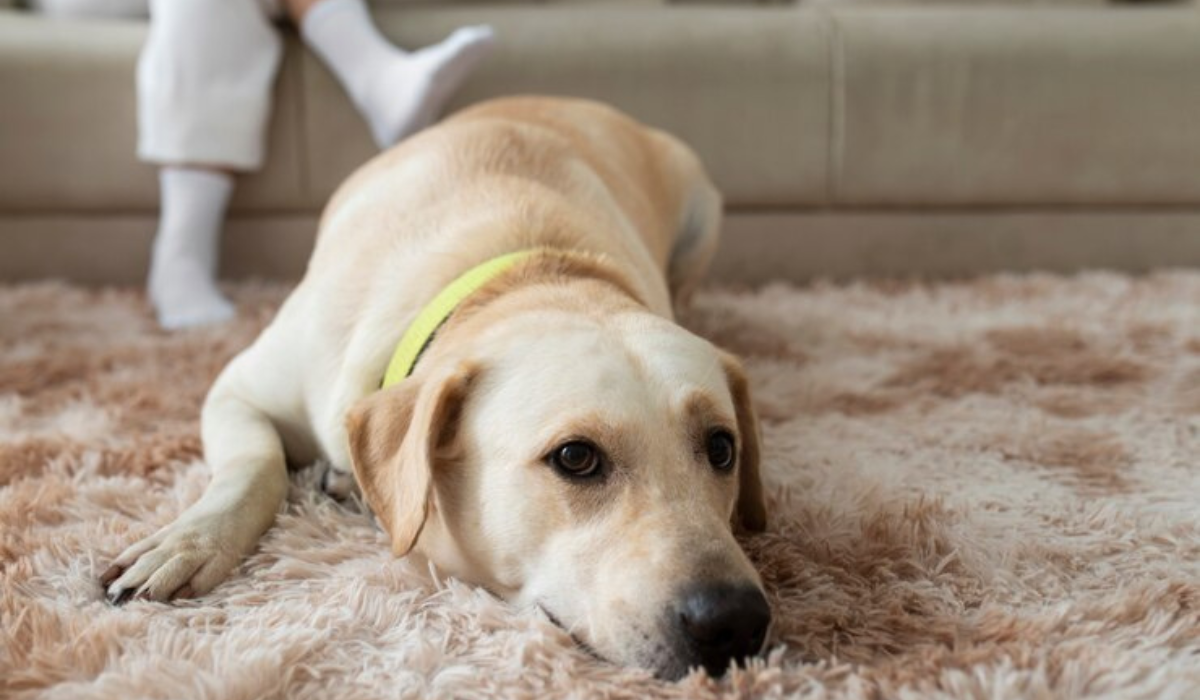Summer is here, and while you enjoy the warm weather, don’t forget that your furry friend needs protection from the sun, too. Continual exposure to the sun can cause painful sunburns, skin ulcers, and even cancer in dogs. Here are some tips for keeping your dog safe and comfortable this summer.
1.Fur Doesn’t Provide Adequate Protection:
Your dog’s thick fur coat may not provide sufficient protection from the sun’s harmful rays. Sunburn is more likely to occur in breeds with fair skin, white hair, short hair, and light-colored noses. A dog’s well-being begins with recognizing this vulnerability.
2. Dog Sunscreen is:
-
SPF 15 or higher non-toxic, dog-specific sunscreen is recommended.
-
Be sure to apply sunscreen to areas prone to sunburn, such as the tips of ears, noses, groins, inside legs, and underbelly.
-
PABA and zinc are toxic ingredients in sunscreens for humans.
-
If you want a safe alternative to zinc-based baby sunscreen, use one without zinc.
-
After prolonged exposure to water, reapply sunscreen every 4 to 6 hours.
3. Importance of Shade:
-
Make sure there are enough shaded areas during peak sunlight hours (10 am to 3 pm).
-
You can block harmful rays by dressing your dog in white t-shirts or UV protection bodysuits.
-
Dogs of all sizes can wear UV sun suits.
4. Remedy for Sunburn:
-
You can ease itching and pain in your dog by bathing him in cold water and adding oatmeal or baking soda.
-
Sunburned skin should be treated with all-natural remedies like Witchhazel and 100% pure Aloe Vera gel.
-
If you have severe burns or open sores, you should consult your veterinarian.
5. Regularly reapplying sunscreen:
After exposure to water, sunscreen should be reapplied consistently. Sun exposure can harm your dog, so be careful to protect him.
6. Immediate veterinary attention if you suffer severe burns:
You should seek immediate veterinary attention if your dog suffers severe burns or open sores. Recovery is most effective when it is initiated in a timely manner.
7.the following are essential:
-
To keep your dog safe from the sun, take precautions before exposing them to it.
-
Avoid long-term skin damage by protecting dogs from the sun.
8.Pets can get sunburned:
-
The risk of sunburn is higher for pets with light skin colors, short fur, and no hair.
-
Like humans, pets are at risk of skin cancer due to UV exposure.
9. Apply Sunscreen Specifically for Pets:
-
It is best to use a high-SPF sunscreen that is pet-friendly and waterproof instead of human sunscreen on pets.
-
Additional protection can be obtained by wearing UV-protective clothing and wearing eye goggles.
-
To determine whether such protective accessories are necessary, consult your veterinarian.
10. shaving pets:
-
Pets with long hair are more likely to get sunburned if they are shaved.
-
Brushing regularly keeps the coat from becoming overly thick and removes loose hairs.
11. Indoor pets is also important:
-
Observe light-haired cats sunbathing near windows if they are indoor pets.
-
Pets should have access to shade so they can escape harsh sunlight and stay cool.
12. Do not walk during peak temperatures:
-
When it’s hot (10 a.m. to 4 p.m.), avoid outdoor activities, especially walks.
-
During cooler periods, such as early mornings or early evenings, pets should be exercised.
13.Hot surfaces should be avoided:
-
Sensitive paws can be damaged by hot sidewalks, pavements, and roads.
-
When walking your dog, check the surface temperature with the back of your hand; consider wearing dog booties to protect your dog.
14. Hydrate Your Pets:
-
Make sure pets have plenty of fresh water, and check their water bowls regularly.
-
Cool your dog with cooling doggy ice blocks made from frozen treats and water.
-
Watermelon can be a refreshing treat for pets since it is hydrating.
15. Know the signs of heat stroke:
-
Excessive panting, drooling, and restlessness are signs of heatstroke in pets.
-
The pet should be cooled down as soon as possible if heatstroke is suspected, and veterinary attention should be sought immediately.
16. Identify high-risk categories:
-
Heatstroke is more likely to occur in certain animals, such as brachycephalic dogs and obese pets.
-
In warm weather, pets in high-risk categories should be extra cautious.
In conclusion:
Remember that proactive measures and a keen awareness of your dog’s needs under the summer sun lead to a happy and healthy furry companion. Your dog will remain your loyal, sun-protected companion if you take these precautions.









